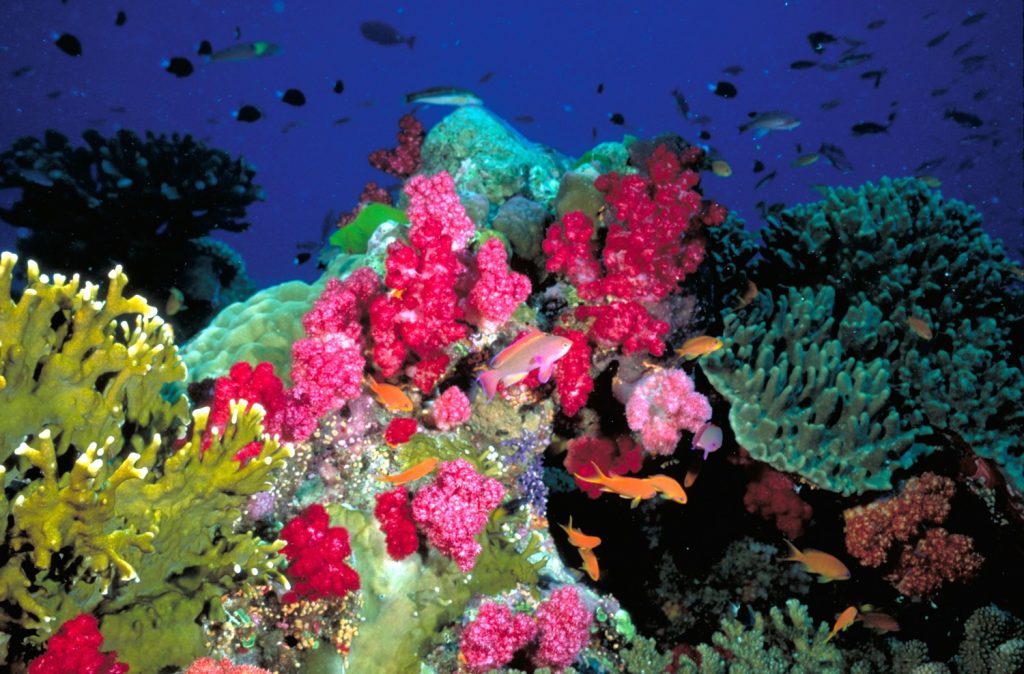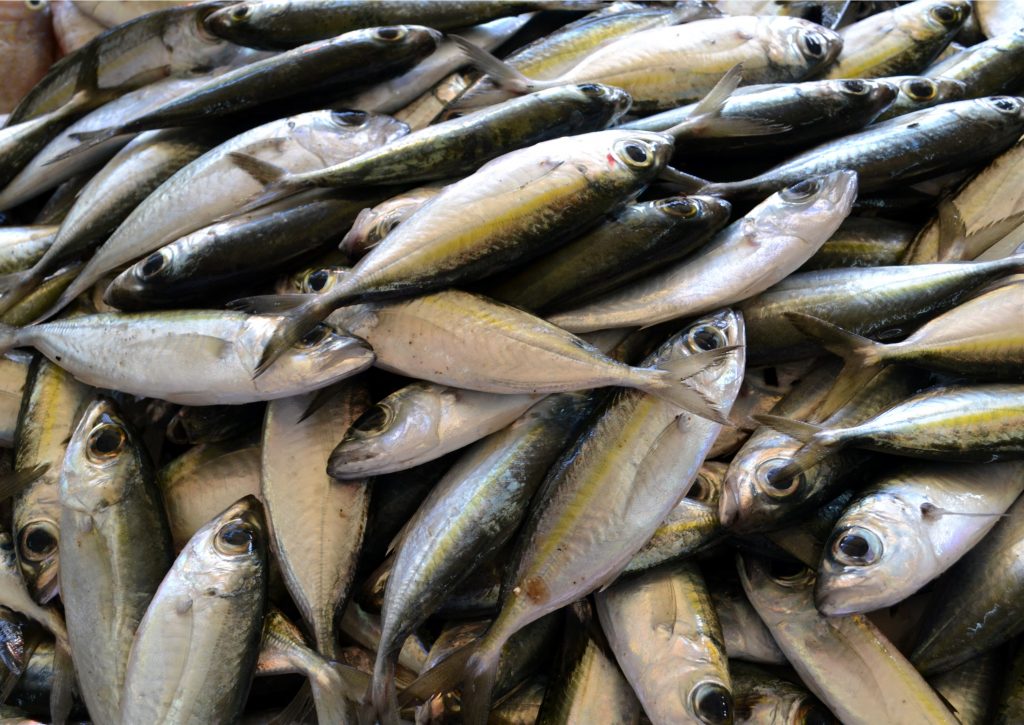“We are the stewards of our nation’s resources. We should take care of our national heritage so that future generations can enjoy them. Let’s do our best to save our coral reefs. Our children’s children will thank us for the effort.” – Dr. Rafael D. Guerrero III, academician at National Academy of Science and Technology
***
On land, the ecosystem that supports the greatest number of plant and animal species is the tropical rainforest. In the sea, it’s the coral reefs.

“One of the greatest natural treasures, (coral reefs) are habitats for rare species, including some 488 species of corals, 971 species of benthic algae, and 2,000 species of fish,” explains Dr. Miguel D. Fortes, a professor at the Marine Science Institute of the University of the Philippines. “A single reef may contain 3,000 species of corals, fish, and shellfish.”
One-square kilometer of healthy coral reef, studies show, can generate about US$50,000 annually from fishing and tourism. The Philippines, with more than 7,000 islands, has 27,000 square kilometers of coral reef area within a 15- to 30-meter depth, one of the world’s largest in the world.
Unfortunately, they are on the brink of extinction. Nowhere else in the world are coral reefs abused as much as the reefs in the country. In 2002, some of the top leading marine scientists ranked the country as the number one (according to the degree of threat) among the world’s top ten coral reef hotspots.
This is indeed bad news for Filipinos, which consider fish – along with rice – as its staple food. “Almost 55 percent of the fish consumed by Filipinos depends on coral reefs; 10 to 15 percent of the total marine fisheries production comes from the coral reefs,” reports Dr. Fortes. A Filipino consumes almost 30 kilograms of seafood per year.
Vanishing fish catch is more apparent in Davao Gulf, one of major fishing grounds in the country. Since 2000, the volume and quality of the fish in the Davao Gulf have been found to be in constant decline, according to a study conducted by the World Fish Center.

A collaborative effort of the Bureau of Fisheries and Aquatic Resources (BFAR), local government units (LGUs) and the regional office of the Department of Science and Technology (DOST), the decade-study looked at the volume and quality of the harvests of 10 commonly fished species in the gulf: “matambaka,” “tamban,” “moro-moro,” “caraballas,” “bilong-bilong,” “lapu-lapu,” “danggit,” “molmol,” “talakitok,” and “maya-maya.”
Except for “maya-maya,” the harvest numbers for the species have been falling. At the current rate of decline, the “caraballas,” “bilong-bilong,” “molmol,” and “danggit” may all disappear completely from Davao Gulf within a decade. The “matambaka,” “tamban,” and “moro-moro” ore resilient, but even they may disappear within a generation.
Dr. Anthony Sales, DOST regional director in Davao, attributed the dwindling fish catch in Davao Gulf to the destruction of coral reefs and other fish habitats.
A survey conducted by the Regional Fishermen’s Training Center in Panabo, Davao del Norte some years back at the Davao Gulf showed that most of the shallow or inshore coral reefs “were totally damaged because they are exposed to greater pressure.”
The Department of Environment and Natural Resources (DENR) said there are several factors which have contributed to the current state of coral reefs in the gulf. Dynamite and cyanide fishing and other destructive fishing methods, siltation, pollution and coral reefs gathering.
“Human activities are the major causes of coral reef degradation,” said a document released during the International Coral Reef Initiative workshop some years back.
Aside from human activities, natural causes of destruction among coral reefs also occur. These include extremely low tide, high temperature of surface water, predation and the mechanical action of currents and waves.
The Davao Gulf has several protected areas in place but some of them are not seriously protected. “We need more efforts to implement these,” said a government official based in Davao City. “Not only Davao City has to protect Davao Gulf. Fishermen from the islands of Samal, Davao del Norte, Davao del Sur and Davao Oriental and even neighboring provinces are using the resources of the Davao Gulf. So, we are appealing to our local government officials from the region to help us protect and develop our marine resources.”
Some officials have responded to the call. In Tagum City, the local government has allocated over P10-million budget for its marine conservation project. In a statement, Mayor Allan L. Rellon said its artificial reef has expanded from 2 hectares to 3 hectares to boost its positive impact in sustaining marine life in the area.

“Like many other cities and municipalities in the Davao Gulf, the limited marine ecosystem of Tagum City is under considerable pressure from industrial development, growing population and pollution,” Rellon said. “We see the need to prioritize marine-conservation initiatives in order to reduce the threats of our marine ecosystem.”
Also in Tagum City, British-Filipino marine biologist Harry D. Morris is initiating the Trinity Project in collaboration with the Hijo Resources Corporation. Started in November 2016, he initially thought of covering only 200 square meters of the area near the corporation’s Banana Beach Resort.
Today, the project has expanded to about 120 hectares: 20 hectares of mangrove forest, 80 hectares of seagrass meadows and 20 hectares of coral reef habitat.
“The coral reefs are the optimum environment in the tropical coastal ecosystem, allowing a huge diversity of aquatic life to live and breed in,” Morris pointed out.
Marine scientists claim the lifespan of a coral reef can reach up to 100 years but once destroyed, it takes decades before it can regenerate.
“The only way to save coral reefs from extinction,” says Dr. Edgardo D. Gomez, one of the country’s top coral reef experts, “is to limit access to them. This is no mean task. But it seems it is the only means we can save our coral reefs from disappearing in this part of the world.”






